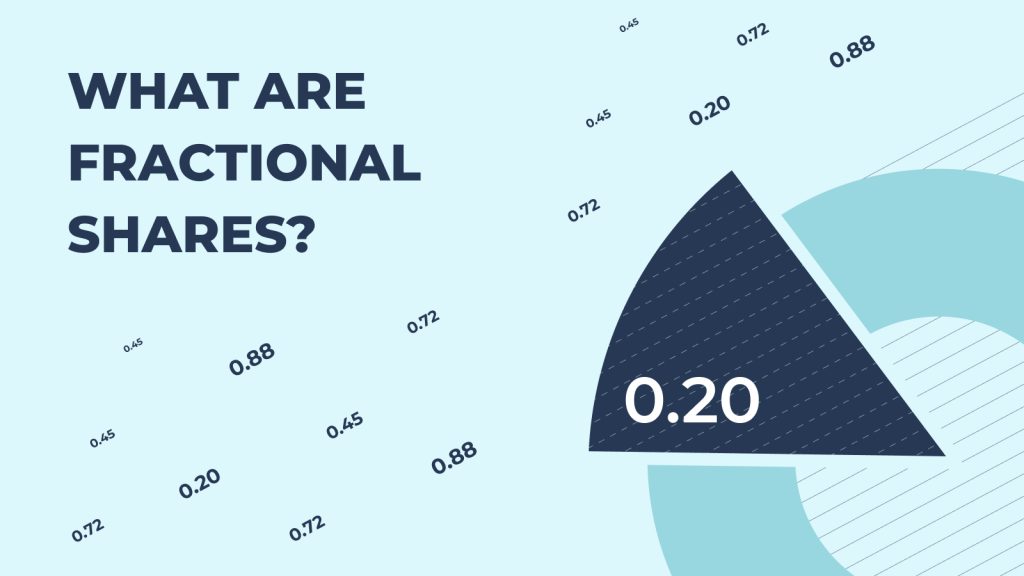Home prices in the United States reached unprecedented levels in June, as highlighted by the latest S&P CoreLogic Case-Shiller U.S. National Home Price Index. This remarkable rise occurred despite the headwinds of increasing mortgage rates, reflecting a complex and shifting housing market.
National Home Price Trends
The S&P CoreLogic Case-Shiller Index showed a national increase of 5.4% in home prices over the past year, ending in June 2024. Although this is a record high for the index, the annual growth rate is slightly down from the 5.9% increase recorded in May.
| Time Period | National Home Price Increase |
|---|---|
| June 2023 – May 2024 | 5.9% |
| June 2023 – June 2024 | 5.4% |
Despite the decline in the growth rate, the figures indicate a strong upward trajectory in the housing market, influenced by factors such as limited inventory and high demand.
Also read: Riding the Waves: Mortgage Rates Take a Dip After Surprise Inflation Twist
Regional Performance: The Rise of Major Cities
The index’s 10-city and 20-city composites also exhibited growth, though at a slightly slower pace than previous months. The 10-city composite saw a 7.4% annual increase, down from 7.8% in May. Similarly, the 20-city composite rose by 6.5% year-over-year, down from a 6.9% increase the previous month.
In terms of individual cities, New York experienced the highest annual gain among the 20 cities tracked by the index, with prices climbing 9% in June.
San Diego and Las Vegas followed closely, with increases of 8.7% and 8.5%, respectively. However, not all cities saw such robust growth. For instance, Portland, Oregon, recorded the smallest annual increase, with prices rising just 0.8%.
| City | Annual Price Increase (June 2024) |
|---|---|
| New York | 9.0% |
| San Diego | 8.7% |
| Las Vegas | 8.5% |
| Portland, Oregon | 0.8% |
The Impact of Rising Mortgage Rates
Interestingly, the surge in home prices occurred during a period when mortgage rates were on the rise. From April to June 2024, the average rate on a 30-year fixed mortgage climbed from just under 7% to 7.5%, according to Mortgage News Daily.
Historically, higher mortgage rates tend to cool home prices, but this trend was not observed during this period. Rates have since eased slightly, dropping back under 7% in July, with the current 30-year fixed rate hovering around 6.5%.
Inflation vs. Housing Prices
While housing prices continue to climb, inflation has slowed. Brian Luke, head of commodities, real and digital assets at S&P Dow Jones Indices, noted that the gap between housing price increases and inflation remains wider than historical norms.
The S&P National Index averaged 2.8% more than the Consumer Price Index, a full percentage point above the 50-year average. Adjusting for inflation, home prices have risen over 1,100% since 1974, but when inflation is accounted for, the increase is 111%.
| Metric | Increase Since 1974 | Inflation-Adjusted Increase |
|---|---|---|
| Home Prices | 1,100% | 111% |
| S&P National Index vs. CPI | 2.8% more |
Tiered Analysis: Low-Price Tiers Outperform
A deeper analysis of the report reveals that low-price tiers in several large markets are rising faster than the overall market. In the Atlanta market, for instance, the lower tier has risen 18% faster than middle- and higher-tiered homes.
New York’s low tier outperformed significantly, with a five-year increase nearly 20% above the overall New York region.
| City | Low-Tier Price Increase (5-Year) | Overall Market Increase (5-Year) |
|---|---|---|
| New York | 20% above overall | |
| San Diego | 79% (high tier) vs. 63% (low tier) | 72% |
Conversely, San Diego has seen the largest appreciation in higher-tier homes over the past five years, with prices in the high tier increasing by 79%, compared to a 63% rise in the lower tier.
Looking Ahead: What to Expect
As we move into the fall, experts predict that home prices may ease slightly due to seasonal factors and increased inventory.
However, significant drops are unlikely, with prices expected to remain higher than last fall’s levels. The ongoing affordability challenge is a critical issue, particularly as mortgage rates and housing prices continue to influence buyer behavior.
Lisa Sturtevant, chief economist at Bright MLS, noted that even with the recent decline in mortgage rates, many buyers are waiting for both home prices and interest rates to come down before re-entering the market.
In conclusion, the U.S. housing market remains in a state of flux, with record-high prices, fluctuating mortgage rates, and varied regional performances. For potential buyers, understanding these dynamics is crucial in making informed decisions in this challenging landscape.
Also read: Buy Now, Pay Later? Zero-Down Mortgages Explained for First-Time Homebuyers


















